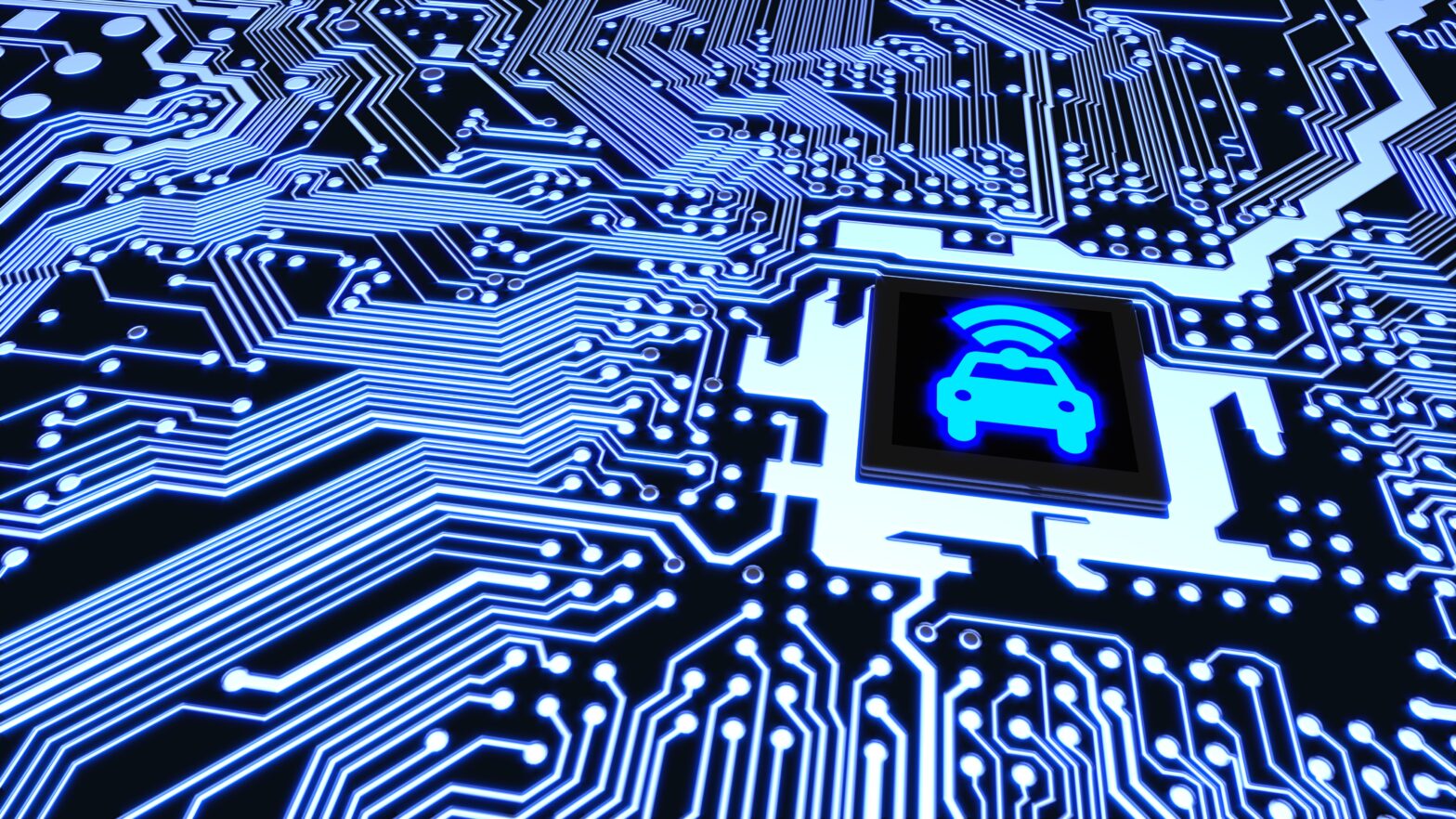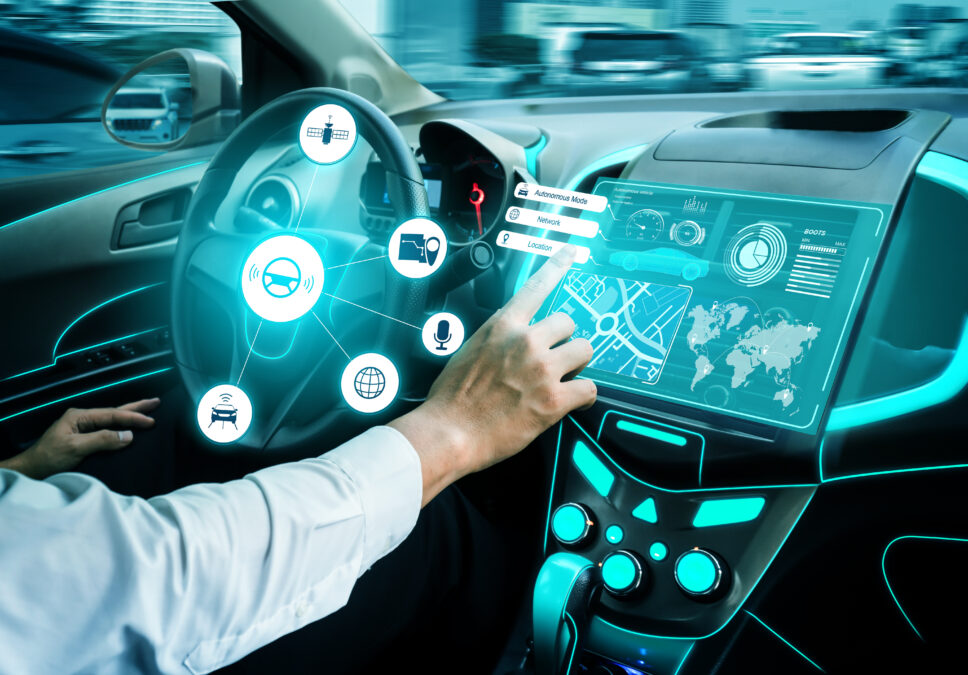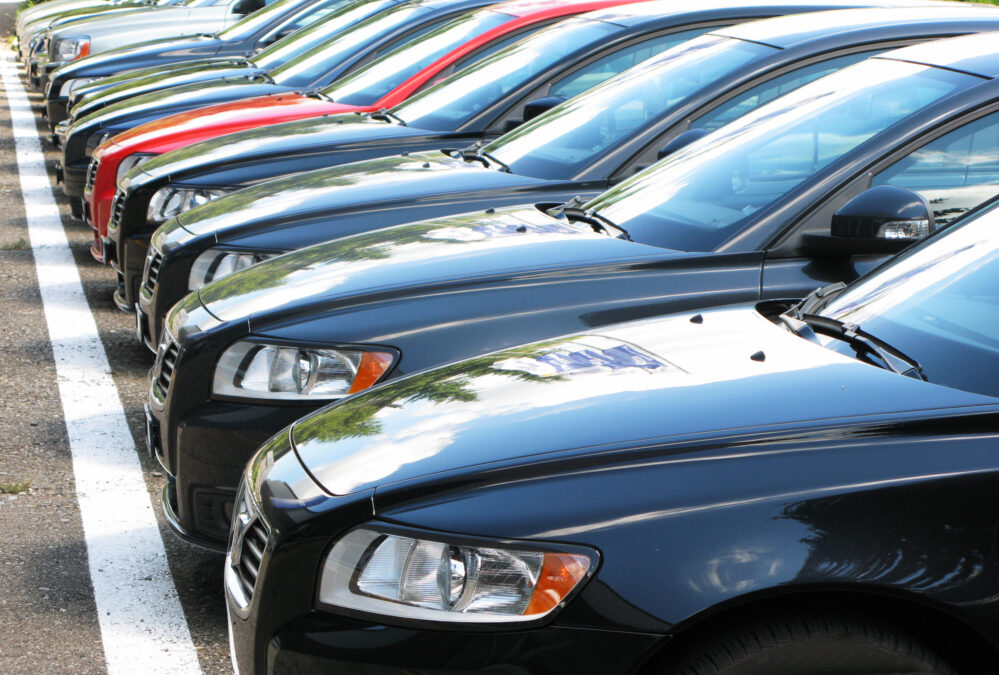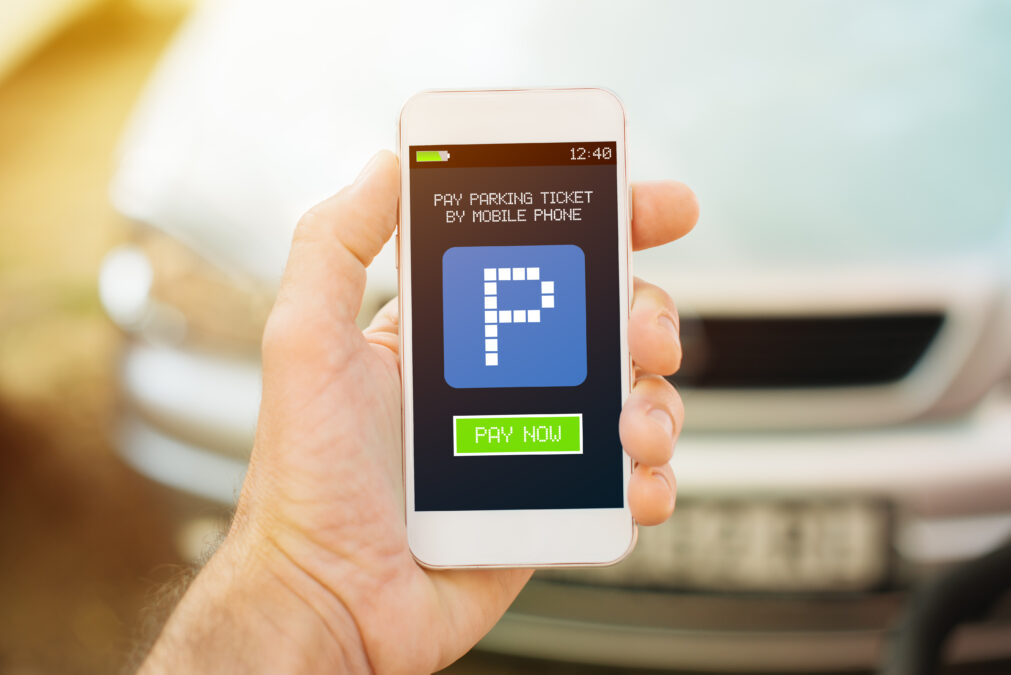Buying a car involves many considerations — safety, price, efficiency, design, and increasingly, connectivity. Gartner estimates that 250 million connected cars will be on the road by 2020.
Connectivity is emerging as a key competitive differentiator in today’s auto market, and the data generated by connected cars is a potential goldmine. The value of connected car data, and the new business models that emerge from it, could be worth $1.5 trillion a year by 2030, according to McKinsey.
Vehicle data can be used to create safer, more personalised automotive journeys. Improved vehicle safety and greater driving enjoyment are big selling points for OEMs, who can benefit from increased brand loyalty and the potential new revenue streams emerging from that data.
>See also: More connected cars equipped with data connectivity
The opportunities are huge, but it’s still early days. Data collection is just beginning, and truly-customised experiences are a distant prospect. Today’s small steps—like maintenance alerts, or calling emergency services when a vehicle is in danger—give a preview of what’s to come. Machine learning and AI tools, which convert collected data into insights and actions, are paving the way.
How data is being used today
Vehicle maintenance is one of the first applications of connected car data to move towards the mainstream. Connected cars can monitor vehicle parts for wear and tear, and use that information to predict upcoming maintenance needs.
This could help prevent drivers from being stranded by the side of the road, or facing a massive repair bill because they procrastinated on addressing a problem. For example, some vehicles can send maintenance alerts and vehicle health and status reports, so drivers can stay ahead of maintenance needs.
Connected cars can also deliver targeted safety assistance. Should an unexpected ‘event’ – accident, breakdown, health emergency, or unexpected situation – occur, the car will automatically summon emergency services to the scene.
>See also: The future of driverless cars and data security
These services are enabled by multiple in-car data collection points, including cameras, GPS, sensors, LIDAR, and more. The number of collection points will increase over time, enabling new services and increasing the accuracy of existing ones.
Near future
In the near future, the data generated by connected cars will improve driver safety, monitoring driving patterns and road hazards, and using in-vehicle cameras to detect distracted driving (like texting while behind the wheel).
Tools like machine learning will work with the information collected by the cameras to detect obstacles or bad weather on the road ahead, and alert the system to respond appropriately by turning on the windshield wipers or rerouting using GPS. The cameras can also assist with Amber Alerts by identifying license plates.
Connected car data offers benefits beyond safety, with custom vehicle settings and stored profiles creating a personalised driving experience for consumers. Some cars already on the road today have the capability to remember each driver’s preferences for settings like seat position, internal temperature, and favourite radio stations.
>See also: Securing the connected car in the digital age
Customisation and automation features like this will only increase in the near future, with preferences possibly even being triggered by smartphone proximity. This information will be used to generate each driver’s unique in-car environment, automatically adjusting according to whoever gets into the driver’s seat.
As information like driver preferences moves to the cloud, this information will be able to roam with the driver. For example, a person might be listening to their favourite album on their smart home stereo system while preparing to leave on a trip.
As they walk out to their car, the car will start playing the album right where it paused when they left the house. If the person rents a car during their trip, the album will continue playing in the rental car. All of these handoffs will be completely hands-off for the user, with information passing quickly to the various devices via the cloud.
Another example of the customised, automated in-car technology coming to cars in the near future is personalised navigation. The in-car navigation system can get “smarter,” learning from a driver’s preferences and adjusting accordingly–with the adjustments becoming more fine-tuned the more it learns about each driver.
>See also: Connected car production to grow rapidly in next 5 years
For example, Driver A may prefer highway driving, while Driver B might hate it. The navigation system will use proximity to determine who is driving, and change the navigation preferences appropriately.
Fleet management presents another exciting application for connected car data. Connectivity enables businesses managing large fleets of vehicles to increase their efficiency by monitoring driver behavior, tracking vehicle maintenance needs, analyzing routes, and more. This same data may eventually be used for fleets of driverless cars.
Far future
As connected car data collection and mining becomes more sophisticated, new revenue opportunities will likely emerge in the form of hyper-targeted marketing adapted to an individual’s driving habits, frequently visited locations, in-car entertainment, and content choices.
Brands and advertisers will be able to laser-focus their message and cultivate brand loyalty, delivering targeted discounts and perks to the most relevant audience (via in-car connectivity).
>See also: Connectivity: the fuel for the future of the auto industry
Consumers turn to their phones for information about directions, restaurants, weather, and more. Connectivity and AI tools are the key to integrating cars as simply another device in a digital lifestyle.
Cars of the future will use previously-collected data to make “smart” suggestions, such as favourite music or directions to the field where your child plays soccer every Thursday. Connected-car data will also be used to map roads and identify areas of improvement in infrastructure, fueling the development of “smart” cities.
With connected cars, the possibilities are endless. Through improved navigation, highly responsive safety features, and a car that knows your morning-commute preference for NPR, data is changing driving into a truly personalised experience.
Sourced by John Ludwig, president, Xevo AI Group
The UK’s largest conference for tech leadership, Tech Leaders Summit, returns on 14 September with 40+ top execs signed up to speak about the challenges and opportunities surrounding the most disruptive innovations facing the enterprise today. Secure your place at this prestigious summit by registering here







